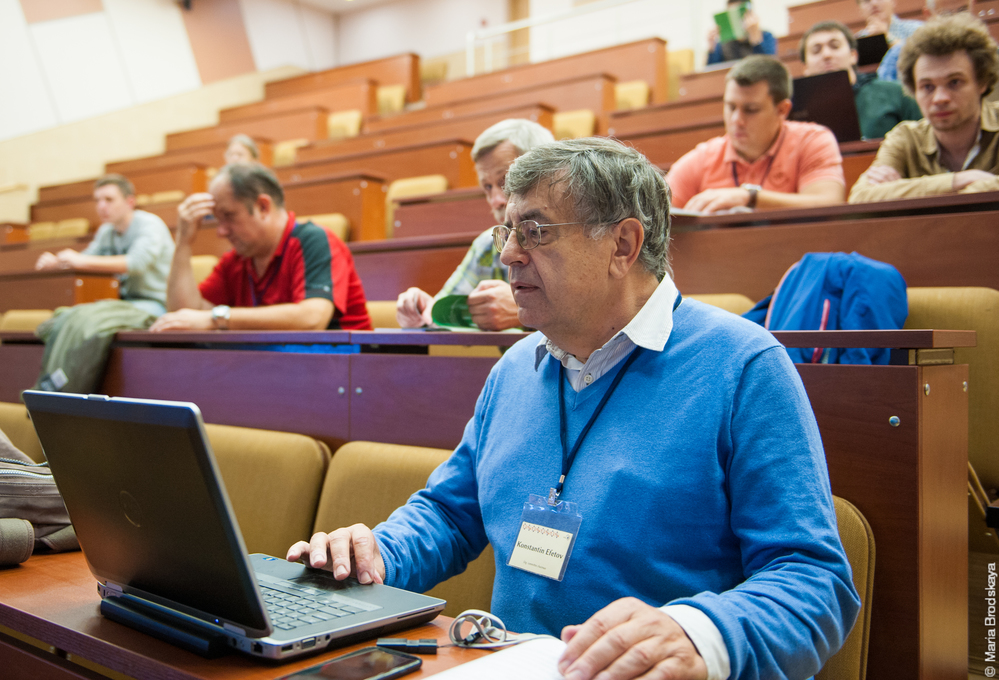
Physics of superconducting cuprates remains, in spite of 30 years of intensive study, in many respects mysterious. In addition to the hightemperature
of a pseudogap in the electron spectrum, breaking of the rotational invariance are very well known. Recently, a charge density wave has been discovered with the help of various experimental techniques. It is remarkable, that all the states appear at temperatures of the order one to several hundred Kelvin which are considerably lower than the electronic
temperatures. The latter discovery has revived the interest to study of these interesting and important for applications materials.
Sofar, mechanisms leading to the high transition temperature into the superconducting state are under debates. Considering the superconductivity alone does not allow the researchers to come to a definite conclusion due to the difficulty of a reliable computation of the transition temperature. However, the variety of the phase transitions may be a good possibility to reduce the number of the candidates for the mechanisms of the high temperautre superconductivity because one would have to not only obtain the
It is demonstrated that an effective model of low energy electrons interacting with critical antiferromagnetic fluctuations allows one to get all the above phases. As all the transitions occur one by one, one may speak of a cascade of the phase transition. The assumption that antiferromagnetic fluctuations are important naturally follows from the fact that the undoped cuprates are antiferromagnets and all the phases appear after the antiferromagnet is destroyed at the quantum critical point.
The results of our theory can serve as an explanation of recent experiments on cuprates performed with the help of STM, NMR, hard and resonant soft
techniques.
20 May, 2016
10 a.m.
NUST MISIS, Leninskiy prospekt, 4, Lectue hall B-636


